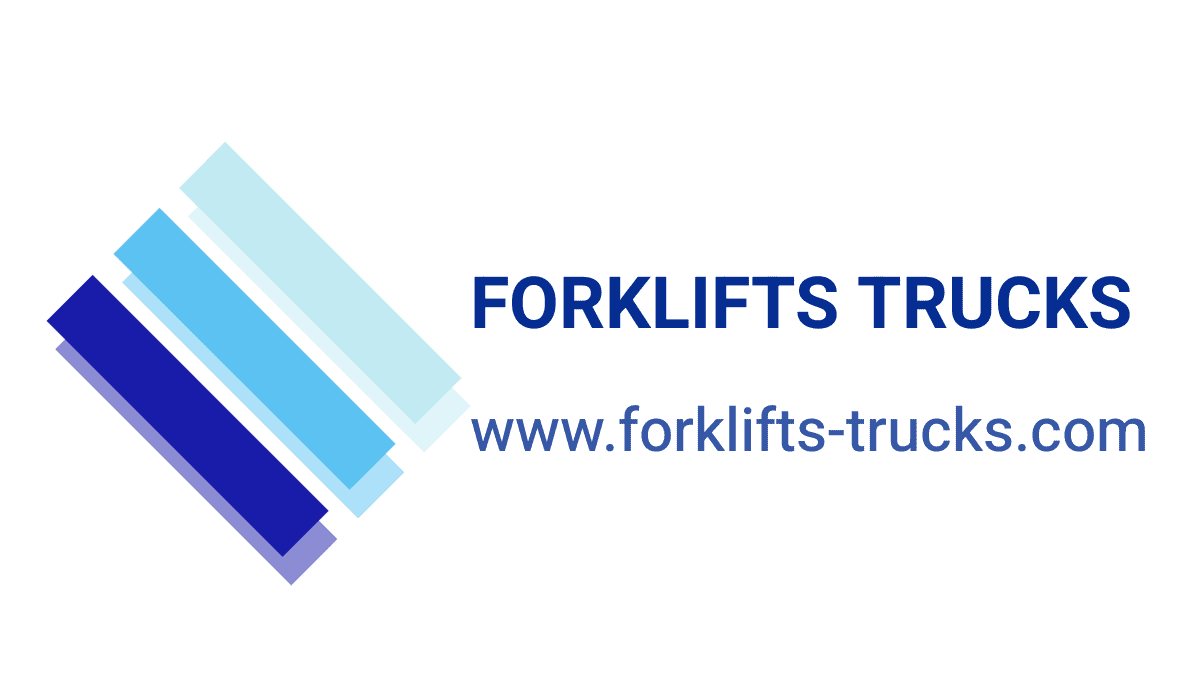Eliminate Forklifts Sale For Good
페이지 정보

본문
Implementing an effective task rotation system for stackers pickers in the warehouse can help mitigate fatigue and ensure a more balanced workload. Here are some key steps to consider:
1. Assess the Existing Workflow:
- Thoroughly understand the different tasks performed by stackers pickers, such as stacking, retrieving, loading, and operating the machinery.
- Analyze the physical demands and china diesel zhejiang maximal forklift co ltd china-erdf100; http://coffee.cs.columbia.edu/, skill requirements of each task to identify potential areas for rotation.
2. Create a Task Matrix:
- Develop a matrix that maps out the various tasks and the skills and physical abilities required for each one.
- This will help you identify complementary tasks that can be rotated without causing significant disruption to the workflow.
3. Establish a Rotation Schedule:
- Determine the optimal frequency of task rotation, which may vary depending on the workload, shift duration, and individual worker needs.
- For example, you could implement a rotation every 2-3 hours, or rotate tasks between morning and afternoon shifts.
4. Provide Cross-Training:
- Ensure that all stackers pickers are trained and proficient in the different tasks within the rotation schedule.
- This cross-training will enable seamless transitions between tasks and allow for more flexibility in the rotation.
5. Involve Stackers Pickers in the Process:
- Engage with the stackers pickers to understand their preferences, physical limitations, and any concerns they may have about the rotation system.
- Incorporate their feedback to create a rotation schedule that is practical and meets their needs.
6. Monitor and Adjust as Needed:
- Closely monitor the implementation of the task rotation system, gathering feedback from stackers pickers and observing any impacts on productivity and fatigue levels.
- Be prepared to make adjustments to the rotation frequency, task assignments, or the overall system as needed to optimize its effectiveness.
7. Provide Additional Support:
- Offer resources such as ergonomic equipment, training on proper techniques, and access to wellness programs to help stackers pickers manage the physical demands of the rotated tasks.
- Encourage open communication and provide a mechanism for stackers pickers to report any issues or concerns related to the rotation system.
By implementing a well-designed task rotation system, you can help stackers pickers:
- Distribute the physical workload more evenly, reducing the risk of overuse injuries and fatigue
- Develop a broader skill set and gain a better understanding of the warehouse operations
- Maintain engagement and motivation by introducing variety into their daily tasks
- Promote a culture of collaboration and support within the warehouse team
Regularly evaluating and refining the task rotation system will ensure that it continues to meet the evolving needs of the stackers pickers and the warehouse operation.
 Forklift
Forklift
1. Assess the Existing Workflow:
- Thoroughly understand the different tasks performed by stackers pickers, such as stacking, retrieving, loading, and operating the machinery.
- Analyze the physical demands and china diesel zhejiang maximal forklift co ltd china-erdf100; http://coffee.cs.columbia.edu/, skill requirements of each task to identify potential areas for rotation.
2. Create a Task Matrix:
- Develop a matrix that maps out the various tasks and the skills and physical abilities required for each one.
- This will help you identify complementary tasks that can be rotated without causing significant disruption to the workflow.
3. Establish a Rotation Schedule:
- Determine the optimal frequency of task rotation, which may vary depending on the workload, shift duration, and individual worker needs.
- For example, you could implement a rotation every 2-3 hours, or rotate tasks between morning and afternoon shifts.
4. Provide Cross-Training:
- Ensure that all stackers pickers are trained and proficient in the different tasks within the rotation schedule.
- This cross-training will enable seamless transitions between tasks and allow for more flexibility in the rotation.
5. Involve Stackers Pickers in the Process:
- Engage with the stackers pickers to understand their preferences, physical limitations, and any concerns they may have about the rotation system.
- Incorporate their feedback to create a rotation schedule that is practical and meets their needs.
6. Monitor and Adjust as Needed:
- Closely monitor the implementation of the task rotation system, gathering feedback from stackers pickers and observing any impacts on productivity and fatigue levels.
- Be prepared to make adjustments to the rotation frequency, task assignments, or the overall system as needed to optimize its effectiveness.
7. Provide Additional Support:
- Offer resources such as ergonomic equipment, training on proper techniques, and access to wellness programs to help stackers pickers manage the physical demands of the rotated tasks.
- Encourage open communication and provide a mechanism for stackers pickers to report any issues or concerns related to the rotation system.
By implementing a well-designed task rotation system, you can help stackers pickers:
- Distribute the physical workload more evenly, reducing the risk of overuse injuries and fatigue
- Develop a broader skill set and gain a better understanding of the warehouse operations
- Maintain engagement and motivation by introducing variety into their daily tasks
- Promote a culture of collaboration and support within the warehouse team
Regularly evaluating and refining the task rotation system will ensure that it continues to meet the evolving needs of the stackers pickers and the warehouse operation.
 Forklift
Forklift- 이전글How Key Cutting For Cars Propelled To The Top Trend On Social Media 24.12.30
- 다음글Five Killer Quora Answers To Best Automatic Vacuum 24.12.30
댓글목록
등록된 댓글이 없습니다.